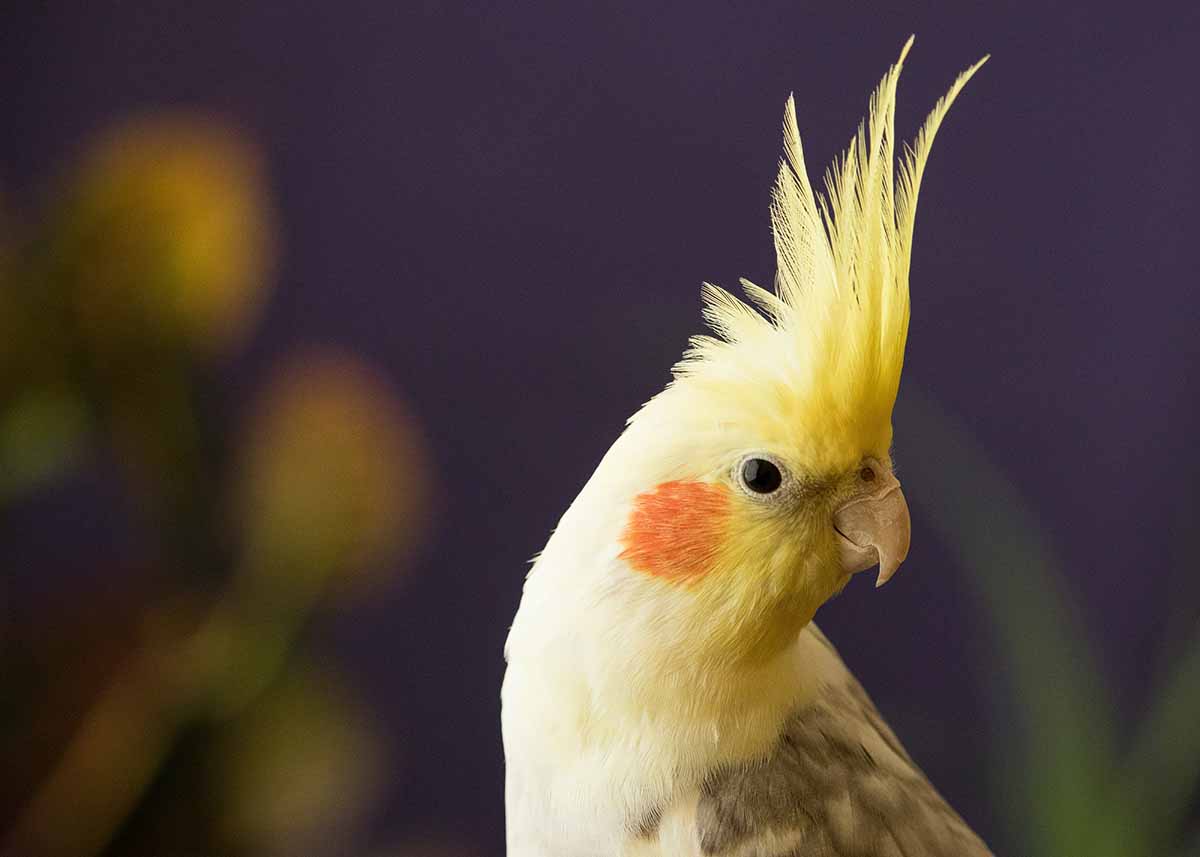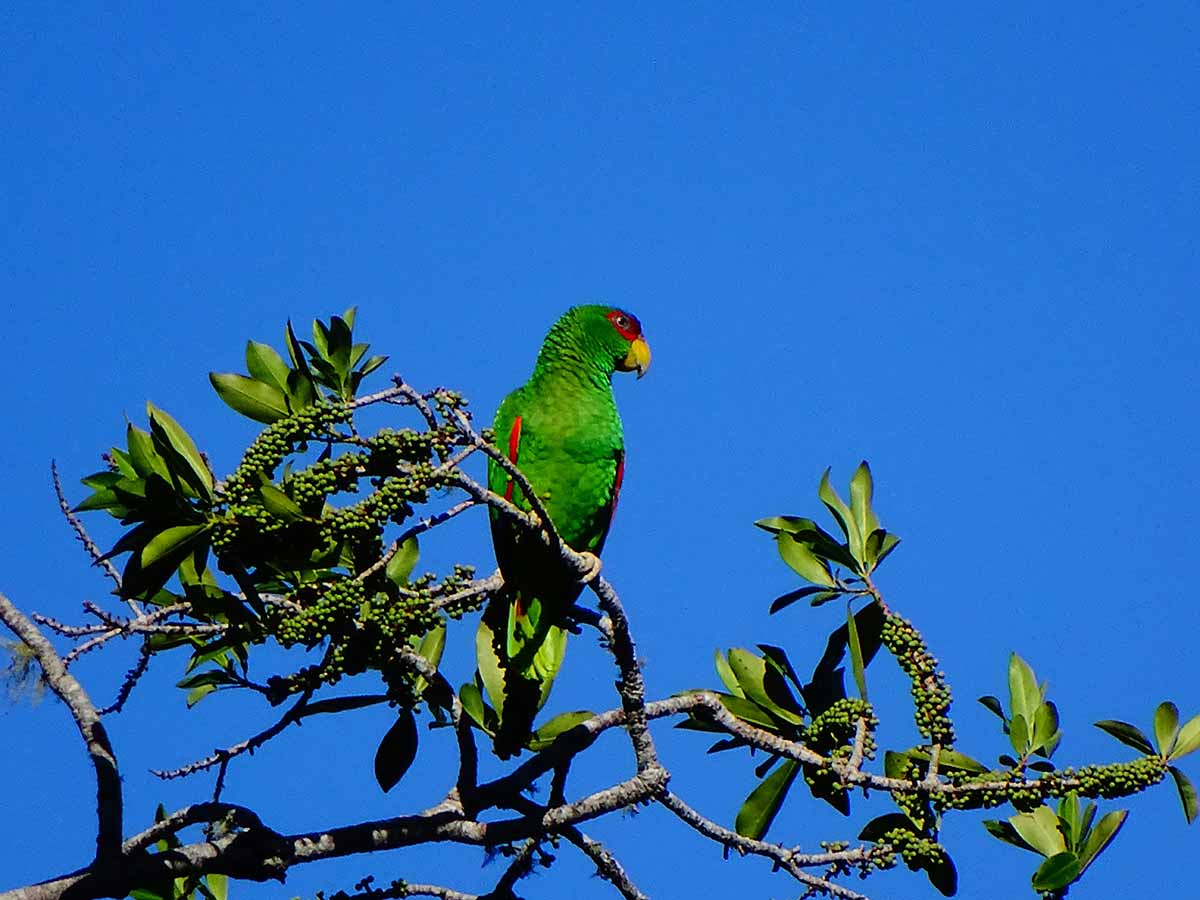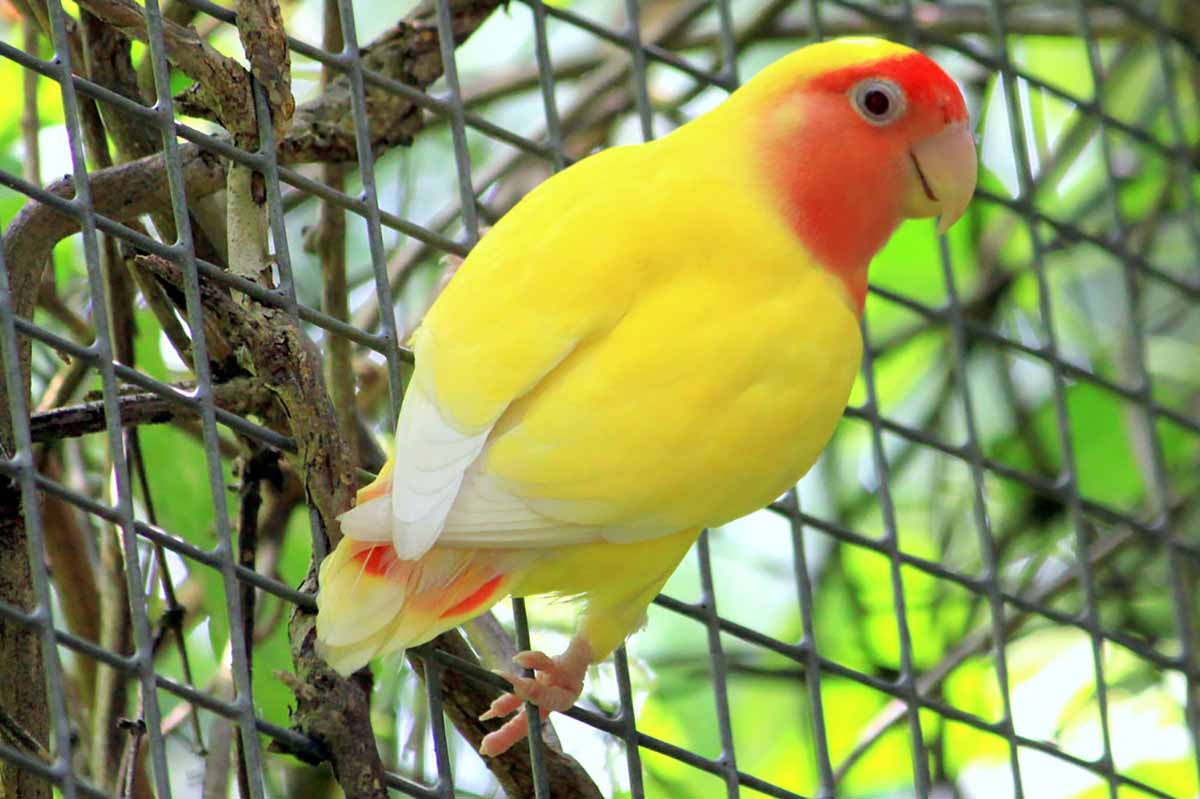Bringing a pet bird into your home can be a rewarding experience, offering companionship, entertainment, and the joy of bonding with a feathered friend. Exploring different pet bird types can help you find the perfect match, ensuring good birds for pets that fit your lifestyle.
Popular choices like budgies (parakeets), cockatiels, parrotlets, and lovebirds are among the best small pet birds and common pet birds that make great starter pets for their friendly nature and manageable size.social personalities and moderate interaction needs.
These four bird species are celebrated for their colors, clever behaviors, and reputation as some of the friendliest pet birds, capable of forming close bonds with their owners through daily interaction. While they vary in size and noise levels, all require a proper habitat, nutritious diet, including high-quality bird food, and an investment of your time for pets.

Canary
Canaries, small finches originally from the Canary Islands, Madeira, and Azores, are known for their beautiful songs, especially from male canaries. They are popular yellow pet birds, and for those interested, there are often finches for sale near me.There are over 200 known breeds of canaries that differ in color, size, and singing varieties, showcasing the diverse world of bird breeds.
The three main breeds are:
- Song canaries, bred for their melodious singing abilities.
- Color canaries, bred for their vibrant plumage.
- Type canaries, bred for their distinctive physical characteristics.
Male canaries sing to attract females during breeding periods, typically in the fall, winter, and spring. Females tend to have more rounded heads and bodies compared to males.
Canaries have a difficulty of care level suitable for beginners.They primarily eat grains.Their diet should consist of 60-70% high-quality pelleted bird food, with limited amounts of fresh fruits and vegetables, and seeds as occasional treats. A cuttlebone should be provided for calcium and minerals.
The minimum habitat size for a canary is 18″ L x 14″ W x 18″ H, but they thrive in the largest cage possible, at least 20 inches wide by 24 inches long, the importance of spacious bird cages.The cage should include a variety of wooden perches, a small birdbath or water bowl for bathing, food and water dishes, treats, perches at different heights, and toys to prevent boredom, with bird baths being an essential feature.
The habitat should be made of materials other than wood or galvanized wire and maintained at a temperature between 65°F and 80°F.

Cockatiel
Cockatiels are excellent beginner pet birds, known for their intelligence and ability to form strong bonds with their owners, making them some of the best birds for pets. When bringing a new cockatiel home, it’s important to give the bird 2-3 days to adjust without handling it. During this time, maintain regular cleaning and feeding routines, and talk softly to help the bird get accustomed to its new environment.
For a balanced diet, cockatiels should be fed:
- 40% bird pellets.
- Seeds as occasional treats, but not in excess due to their high fat content.
- Fresh drinking water, changed daily.
- Dark leafy greens and other vegetables every other day.
Proper socialization is crucial for cockatiels. Spend at least 4 hours per day handling a tame cockatiel to maintain its friendly and affectionate nature. Biting is often a reaction to stress, not aggression. You teach your cockatiel to speak by frequently repeating words and rewarding attempts.
Cockatiels thrive in pairs and require a spacious flight cage, ideally at least twice the size of their wingspan, with a minimum dimension of 20x20x30 inches to ensure they have ample room to spread their wings. Provide a variety of perch sizes and textures to keep their feet healthy. Enrich their environment with toys, puzzles, bells, and mirrors to prevent boredom and promote mental stimulation.
Regular check-ups with an avian veterinarian are recommended, even when the bird appears healthy, to monitor for potential illnesses and maintain the well-being of your avian pets. Signs of illness include fluffed feathers, weight loss, and respiratory issues. Positive reinforcement training can also be used to teach cockatiels new behaviors.

Parrotlet
The Gray Cheeked Parakeet (also known as the Orange-Winged Parakeet) is an excellent first pet bird for new parrot owners due to its small size, relative quietness, and tame, affectionate nature. Look for parakeets for sale from reputable breeders to ensure health and tameness.
Captive-bred Gray Cheeked Parakeets are recommended, as they tend to be more tame and less fearful than wild-caught adults.
Providing a varied diet is crucial for their health:
- 25-45% pellets.
- 15-25% low-fat seed mix.
- 30-50% fresh vegetables, fruits, and greens.
Wild populations have declined due to over-collection for the pet trade and habitat loss, though some areas are now protected.Parrotlets, members of the parrot family, are intelligent birds that make great pets, with an average lifespan of 15-20 years. However, they do best as single pets, as pairs can become aggressive and dominant.
Here are some key considerations for keeping parrotlets:
- For these very active and curious birds, a larger bird cage is recommended beyond the minimum size of 18″ x 18″ x 24″ to provide ample space for exercise and enrichment.
- Bar spacing: No more than 1/2″ to prevent getting stuck.
- Perches: Variety of sizes, textures, and angles (avoid dowel perches).
- Toys: Ropes, ladders, bells, beads; avoid mirrors which can cause behavioral issues.
- Out-of-cage time: At least 4 hours per day for exercise and enrichment.
- Interaction: 2+ hours of daily interaction with owners.
Parrotlets are very active and curious, so they need plenty of toys and perches to play with. Their wings should be clipped by a vet to prevent injury.They should be kept away from potential hazards like ceiling fans, hot surfaces, toxic plants, and other pets.The cage should be out of drafts, direct sunlight, and covered at night for 12 hours of darkness.

Lovebird
Lovebirds, small and stocky members of the live birds category, typically live 10-12 years, with some living up to 17 years.
They require a balanced diet consisting of:
- 1.5-2 oz (45-60g) of small parrot mix per day.
- Fresh vegetables, fruits, greens, and occasional proteins like nuts as supplements.
- A cuttlebone or oyster shell for calcium.
It’s essential to use earthenware or porcelain dishes, as lovebirds will chew on plastic.]They need a large bird cage, minimum size of 32″ x 20″ x 20″ per pair, equipped with multiple perches, feed/water dishes, and a bathing area to thrive.The cage should be placed at eye level, away from drafts, with good ventilation. Daytime temperatures should be 60-70°F, and nighttime temperatures can drop to 40°F. The cage should be covered at night. Nest boxes should be provided for resting and breeding.
| Cage Maintenance | Frequency |
| Clean food/water dishes | Daily |
| Change newspaper lining | Daily |
| Full cage cleaning and disinfecting | Weekly |
Lovebirds, known for being companion birds, are very social and thrive best when kept in pairs. They may show aggression towards other bird species, making them ideal for those looking for dedicated companion birds.
Young, hand-raised lovebirds are the easiest to tame, requiring slow, gentle talk to build a bond of trust. While they can learn a few words, lovebirds are not considered the best talking birds, but their charm lies in their vibrant personalities rather than their vocal abilities.
Provide plenty of safe toys and chew items, as lovebirds are very active and love to fly, climb, and play, ensuring they’re always entertained. Watch for signs of illness like ruffled feathers, lethargy, changes in droppings, and seek avian vet care immediately for any health concerns to ensure your bird’s well-being.
Ending with
Getting a ‘first time’ or ‘beginner’ bird before getting the bird you actually want is not recommended, as pets are a lifelong commitment, not something to be tried out. Larger parrots like cockatoos, African Grey parrots, and Hyacinth Macaws require a lot of time, attention, and commitment.
They can be very loud, messy, and destructive if not properly cared for, highlighting the need for potential bird owners to be ready for the challenge. Birds require a significant investment in time, money, and effort, including dealing with loud vocalizations, messiness, need for interaction and attention, specialized diet, and long lifespans (up to 100 years), a commitment every bird owner must be prepared for.
It’s important to do thorough research on bird care and ownership before getting a bird, and to consider adopting a rescue bird rather than buying from a breeder to give a second chance to a bird in need. Here are some additional considerations:
- Cage Location: Birds do not sweat, so their cage location needs to be out of direct sunlight, air conditioning, and heating vents to help regulate their body temperature, ensuring their comfort and health.
- Messiness: Birds can be messy, throwing food around their cage and surrounding areas, which is an important consideration for those who value neatness in their homes.
- Commitment: Birds are a long-term commitment, and their care needs should be carefully evaluated before bringing one home. They require a significant investment of time, effort, and resources to ensure their well-being.
FAQs
Q. What Bird is Ideal for First-Time Pet Owners?
A. Budgerigars, commonly known as budgies or parakeets, are excellent choices for those new to pet ownership. These small, amiable birds are known for their friendly and gentle nature when well cared for and trained.
Budgies, often available for sale, are relatively easy to care for and train, especially if acquired at a young age, making them perfect for first-time bird owners.
Q. How Can You Properly Introduce Yourself to Your New Pet Bird?
A. To establish a bond with your new pet bird, it’s crucial to approach them in a calm and welcoming manner. Here are some tips:
- Speak softly to create a welcoming atmosphere.
- Move slowly to avoid startling your bird.
- Offer their preferred treats as a way to gain their trust.
- Ensure they feel comfortable and safe in your presence.
- Spend time socializing and playing with your bird to strengthen your bond.
- Remember, patience is key in building a relationship with your pet bird.
Q. What Are the Fundamental Requirements for Bird Ownership?
A. Owning a bird involves providing a habitat that allows for climbing, walking, and ideally, flying. Since most cages limit a bird’s ability to fly, it’s essential to offer supervised time in a spacious exercise area outside the cage for several hours daily to ensure adequate physical activity.
Q. What Does Basic Care for Pet Birds Entail?
A. Caring for pet birds involves several key practices to keep them healthy and happy:
- Provide a balanced diet suitable for your specific type of bird.
- Maintain a clean living environment with fresh food and water daily.
- Ensure the cage is equipped with safe toys for mental and physical stimulation.
- Allow for regular exercise and interaction to keep your bird engaged.
- Regular attention and care are fundamental to your bird’s well-being.



